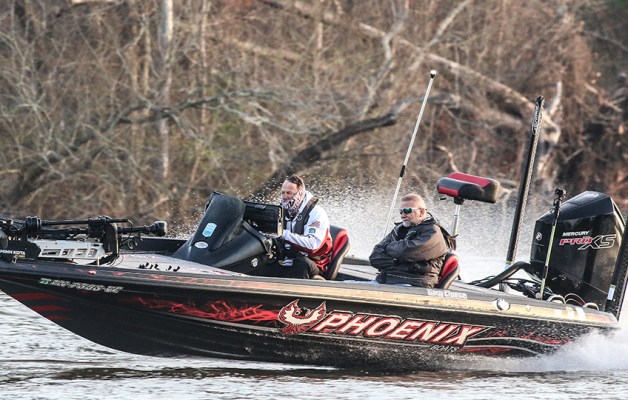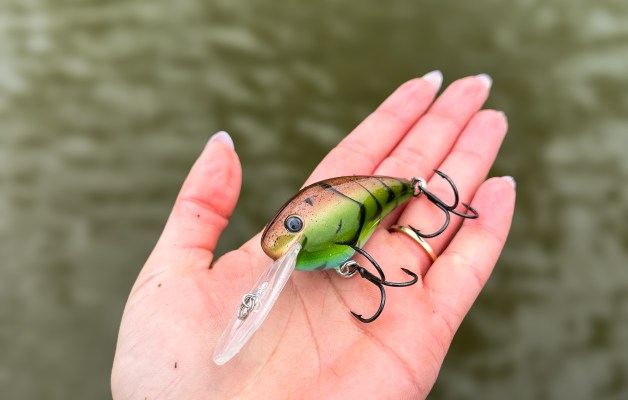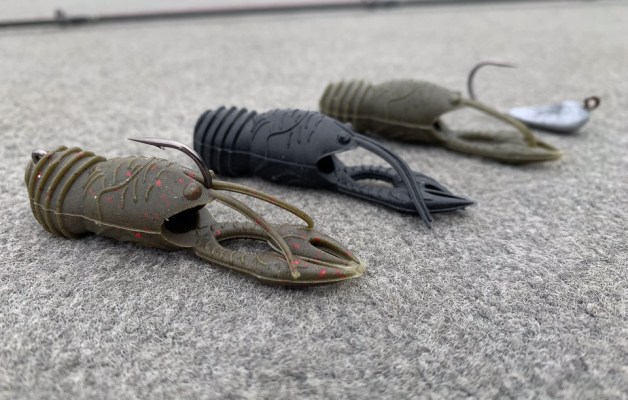
By now, I’m sure many of you have had your fill of ICAST coverage. There’s been a lot to take in, I know — especially considering the number of media outlets covering the event.
Between Bassmaster.com, Wired2Fish, AnglersChannel, BassFan, BassZone and dozens of other dotcoms, we were buried in product intros and reviews.
I’m guilty too. Nearly all of my time at the show was spent working the booths of my sponsors, helping to promote their newest products. And judging from the amount of media and buyer interest, it would appear our industry is steadily gaining momentum.
That said, I’d like you to take a deep breath and allow me this opportunity to share some thoughts with you about a trend at the show that was obvious in several categories.
Lure Wars
They say competition is what drives innovation, but I’m not so sure.
What I saw at ICAST was a lot of redundancy, and that made me wonder where this industry is heading.
One sector clearly guilty of this is lure production. Never before have I seen so many similarly designed products under one roof — it almost seemed as if nothing truly new or innovative was introduced.
Is it possible we’ve maxed out on lure design? I don’t think so. There were enough bright spots at the show to indicate otherwise. Even still, it was nothing like the previous year, when so many new and unique products were introduced.
Rather than developing their own concepts, it seemed many lure companies were satisfied to chase the ideas of their competitors. Perhaps it’s a sign of the times, but I hope not.
In its purest form, lure design begins as an idea, usually through a fisherman with a need. If that individual has the time and resources, he or she may try to develop the concept on their own. If not, they may choose to share the concept with those who can help to develop it. That’s how large lure companies sometimes get their ideas.
In other instances, the concept may come from an in-house designer or product development team or through feedback from sales reps, dealers or pro staff members. Therefore, it’s difficult to know the true origins of an idea, and it’s always been that way.
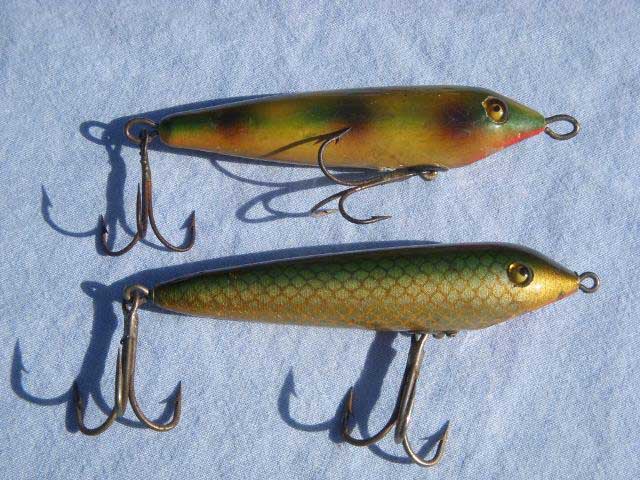
Take the Heddon Zara Spook, for example. Many people believe the first Zara-style lure was introduced by James Heddon & Sons. The truth is, however, it was acquired from a small sporting goods dealer by the name of Arthur Cox from Tampa, Fla. Here’s how I know.
The Heddon Zaragossa (predecessor to the Zara Spook) first appeared in Heddon’s catalog in 1922. Two years earlier, however, Arthur Cox advertised a nearly identical lure in several Florida-based publications, stating the lure had been a proven fish-catcher for several years. His was called the Cox Tampa Minnow.
Oddly, when Heddon announced the Zaragossa in 1922, the Cox Tampa Minnow disappeared. Cox had sold his idea to Heddon.
Need more proof? The first Heddon Zaragossa is referred to by tackle collectors as the “No-Chin” Zara because it has a slanted or slightly concave chin, as does the Cox Tampa Minnow.
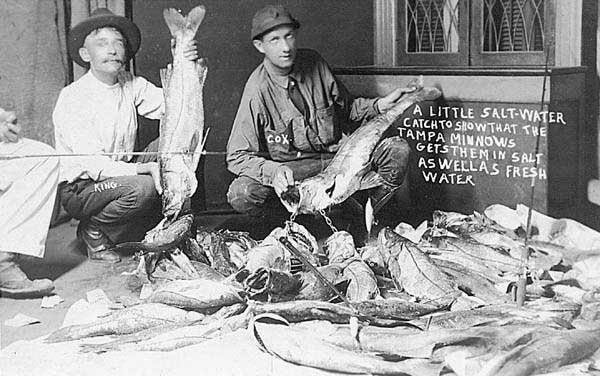
So was this a coincidence? No way! You can’t get any more conclusive than that. Study the photo and you’ll see what I mean.
This same scenario has occurred countless times throughout the history of lure making, and it’s a shared practice throughout the industry. Simply put, acquisitions are part of doing business, and the only time it’s questioned is when an idea is stolen.
Frog Frenzy
Another category where popularity has clearly increased competition is hollow-body frogs. So many companies have entered the fray it’s hard to tell whose is what.
Some of you probably think the Snag Proof frog was first, or perhaps even the Spro frog. In either case you’d be wrong. The first American-made, hollow-body frog was the Hastings Weedless Frog, introduced in 1895. That’s right — nearly 120 years ago!
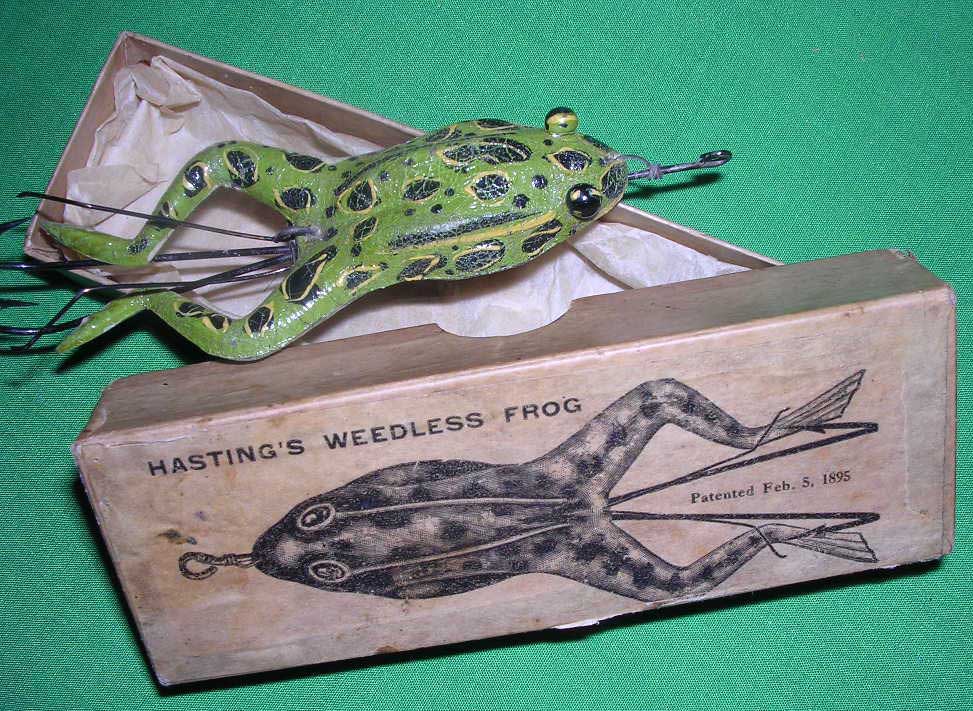
Not only was it first, it’s arguably the most anatomically correct frog ever made. Complete with bulging eyes and lifelike paint scheme, it featured tandem weedless hooks for shedding thick weeds, just like today’s frogs. Even more surprising, box paperwork instructed the user to squeeze the frog in order to expel water from its cavity. Does that sound familiar?
Still, you have to feel for the companies that brought the hollow-body frog back to its current popularity.
When I began my career, the closest thing to a hollow-body anything was a rat. And several big tournaments were won by anglers using them. Soon after, however, a postal clerk by the name of Alfred Williams helped to change all that.
Now there are dozens of makers with all kinds of frog variations trying to claim market share.
Down Periscope
One other category I’ll mention is electronics. Seeing so many entries at ICAST, I couldn’t help but think of Star Wars — not the movie, but the geo-political battle for satellite supremacy in space.
Nearly every electronics manufacturer in the building touted some version of enhanced subsurface imaging. And most were really good. But who was first?
Was it Lowrance, Humminbird, or perhaps Raymarine? No. None of the above.
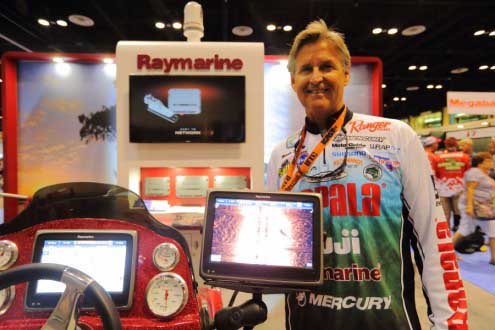
It was the U.S. Navy. They developed SONAR (SOund, NAvigation and Ranging) to detect enemy mines and submarines during World War II. Like Loran and GPS, the technology eventually made its way to the masses, and that’s how we have modern sonar for finding fish. So in that sense, I feel the technology is pretty much fair game.
Regardless of which make or model you prefer, most do an incredible job of helping us see structure. And that’s good.
So I guess competition can drive innovation … at least in the areas of product improvement and development. With each new generation of products, certain evolution occurs. Through use and testing, we as anglers ultimately determine which will survive.



